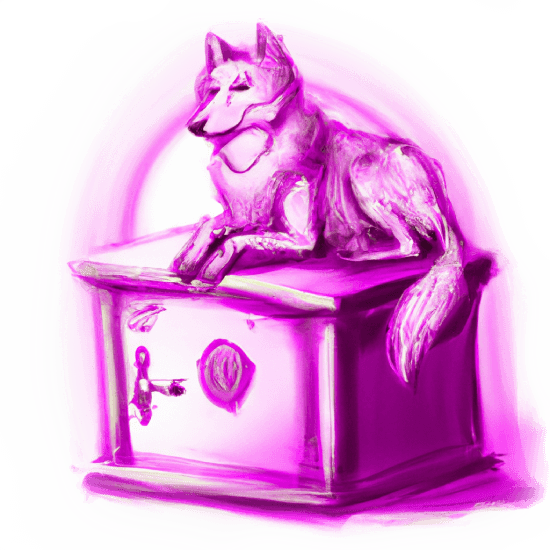1. Use products that offer strong authentication
Cloud providers supply several authentication options, and a few let you merge with a top-notch customer-governed identity provider, for example, open authorization and OpenID connect.
Some products offer an additional degree of protection, like just-in-time access, support multi-factor authentication (MFA), etc.
You must be aware of the options your cloud provider offers. Depending on the requirements of your firm, you can then choose the best authentication strategy.
Therefore, you must opt for a SaaS provider that offers AD SSO and Active Directory Single Sign-On, to ensure password and account norms align with your SaaS application usage. Using a password strength test can add an extra layer of security, ensuring that the apps you use are less likely to be hacked.

